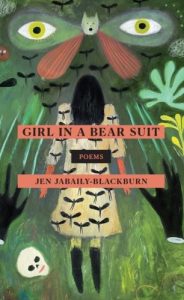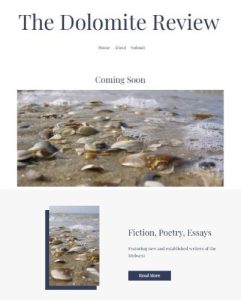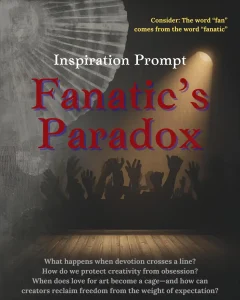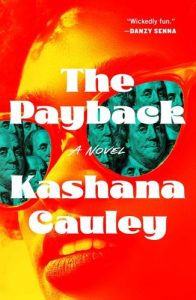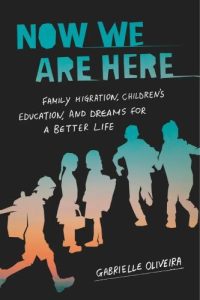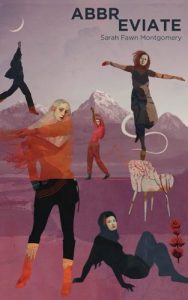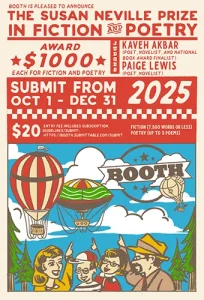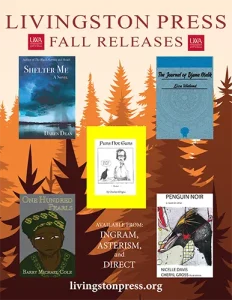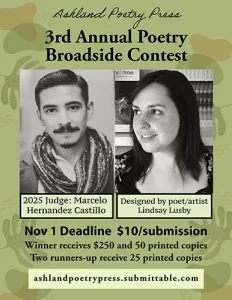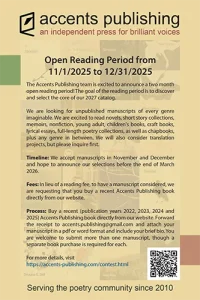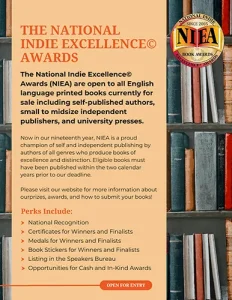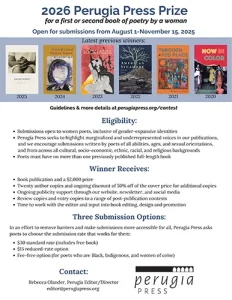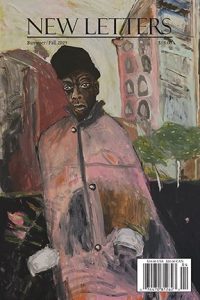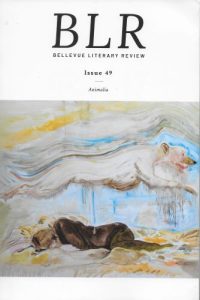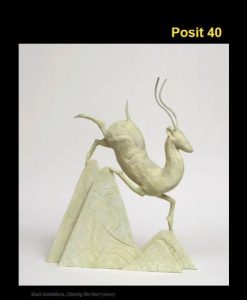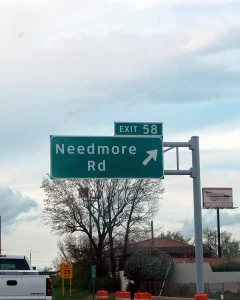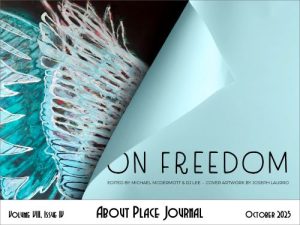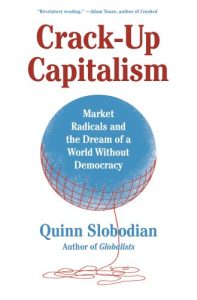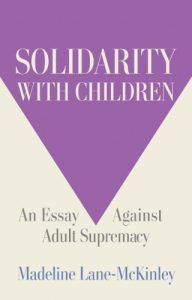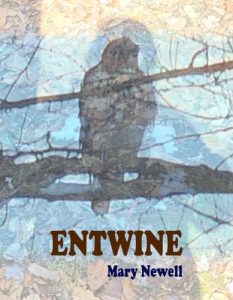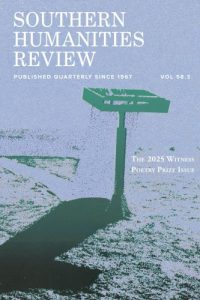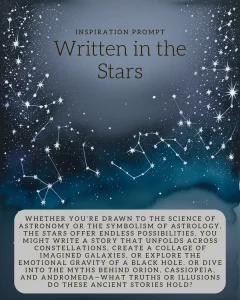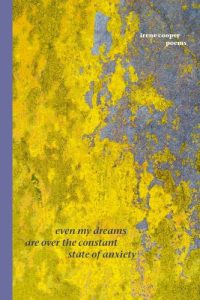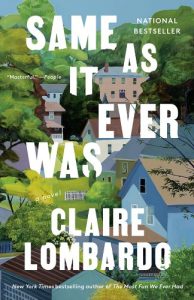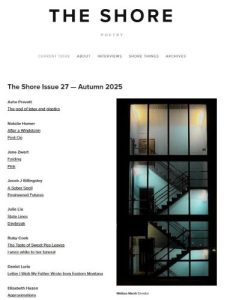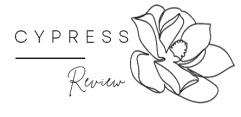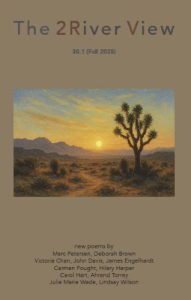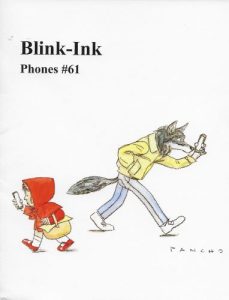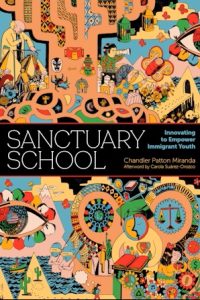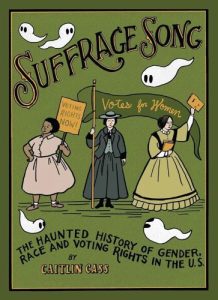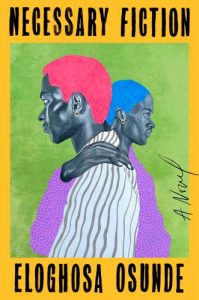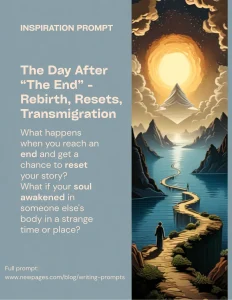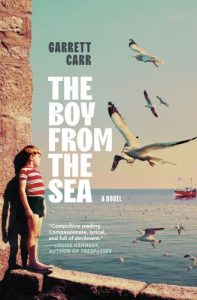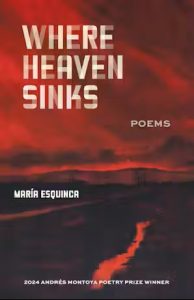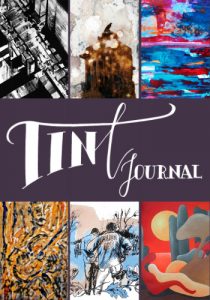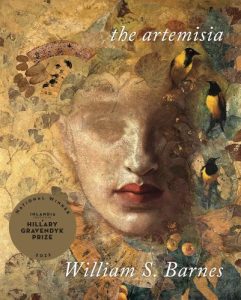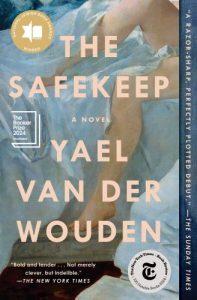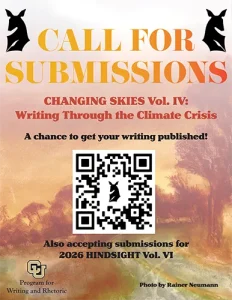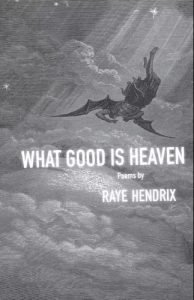
Review by Jami Macarty
The poems of Raye Hendrix’s What Good is Heaven are rooted in the farmlands and mountains of North Alabama. They portray the complexities of southern agrarian life, foregrounding both its religious fervor and violent undertones. We experience the bloodletting and the beauty of this place and people through a transgressive character who makes sense of the idyllic vision of pastoral life and the heavy burden of religious oppression.
Hendrix’s moody poems draw from the Southern Gothic tradition and stand out for their use of “sparkling dark” oxymorons: “unowned and belonging,” faithful and forbidden, and “violence / cloaked in an oath of care.” As Hendrix writes the tensions and aberrations of southern life, they neither judge the contradictions nor express melancholy. These are not poems of guilt and capitulation. They are clear-eyed and delivered by someone who has known who they are from a young age and is not afraid to express their will: “The first time I was reborn // I told my mother I wanted / to love a woman.”
Hendrix uses the narrative-lyric mode to tell their queer coming-of-age story within their “Southern stoic” family who “worked the earth” and attended church. Through the poems, we learn that Hendrix survived the Bible and the belt, a grandmother who “pushed my head through the drywall / for being a little dyke,” and conversion therapy. But these poems do not succumb to shame or revenge. Instead, they muck in reality’s fallibility and mercy.
The poems reflect on past formative events, reaching us after a period of reflection. While this may diminish some of their emotional charge, it allows for a more significant poetic quality: understatement. The poems are not dramatic but, like the poet’s people, stoic. Both spare and sparing, the poems are written by someone already free. Hendrix has the power and wields it to create a meticulously crafted, visceral, and vibrant debut.
What Good is Heaven by Raye Hendrix. Texas Review Press: The University Press of San Houston State University, September 2024.
Reviewer bio: Jami Macarty is the author of The Long Now Conditions Permit, winner of the 2023 Test Site Poetry Series Prize (forthcoming University of Nevada Press), and The Minuses (Center for Literary Publishing, 2020), winner of the 2020 New Mexico/Arizona Book Award – Poetry Arizona. Jami’s four chapbooks include The Whole Catastrophe (Vallum Chapbook Series, 2024) and Mind of Spring (Vallum Chapbook Series, 2017), winner of the 2017 Vallum Chapbook Award.

